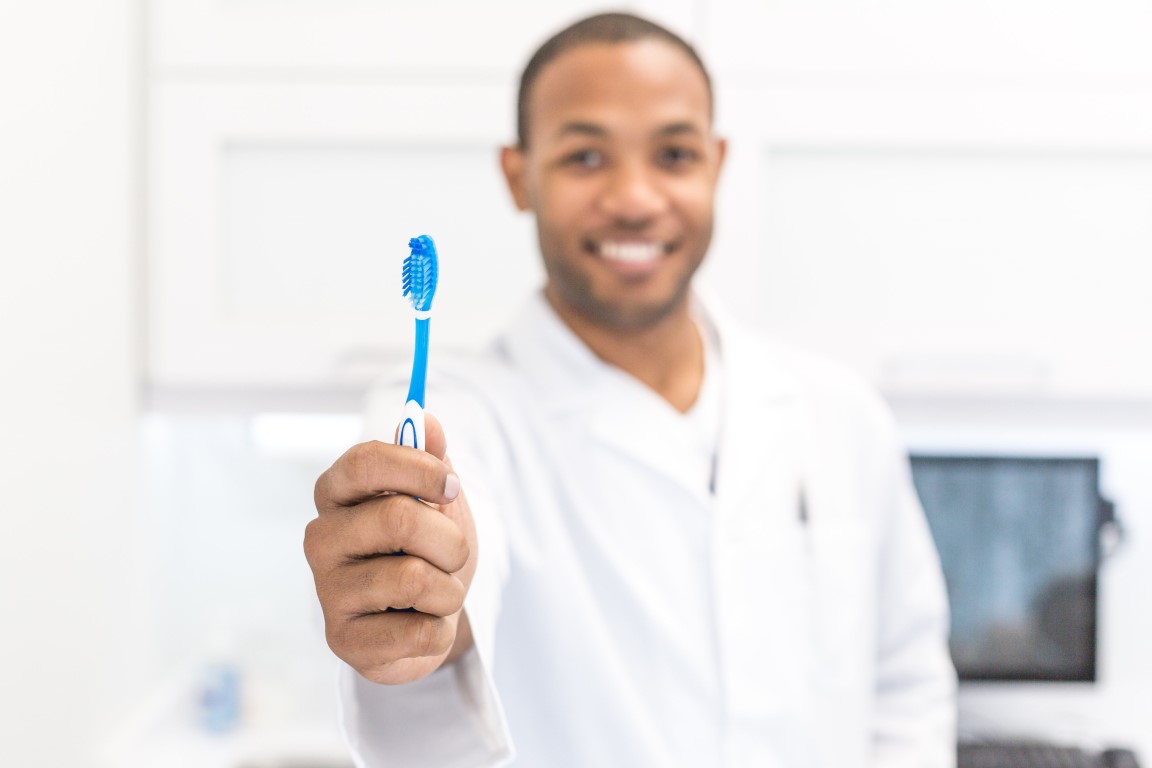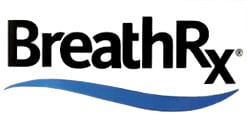Since you were young, you've known that you need to brush your teeth at least twice a day for good oral hygiene. This is important for preventing tooth problems like cavities and more serious problems like gum disease, which can increase your chances of developing even more serious diseases like diabetes and heart disease. But with so many toothbrush choices available, how do you know what kind to get? If standing in the grocery store aisle looking at toothbrushes makes you more stressed out than satisfied, here's some information about the kinds of toothbrushes available and how to choose the best one for optimal oral health.
Size Matters
Toothbrushes come in a variety of shapes and sizes. The two main categories are children's brushes and brushes for adults. In both categories, you will find toothbrushes ranging in size from small to large. Sometimes, adults choose to use a children's toothbrush so that they can effectively clean their back molars and get rid of plaque before it accumulates and causes problems. Most adult toothbrushes are a half-inch wide and one-inch long. A toothbrush that's the right size will be able to brush one or two teeth at a time and reach all surfaces of the teeth, including the backs and sides, which can be difficult to reach. Along with size, you can choose between a brush head with an angular shape, which reaches the back corners of your teeth, or rounded bristles, which are softer on tooth surfaces.
Choose Your Bristles
As you may already know, toothbrush bristles come in three categories: soft, medium, and hard. Soft bristles are used for gentle cleaning. They are the most commonly used, and they're recommended for children and people with sensitive gums. Even for those without sensitive mouths, it is still recommended that most people use soft bristles. Brushing too vigorously with a brush that has hard bristles can disturb the skin at the gum lines and cause it to separate from the teeth. This can cause tooth problems like sensitivity to hot and cold temperatures and sweets. It can also wear away enamel, which protects against cavities.
Brushes with medium bristles are usually recommended for adults. They can be more effective than soft-bristled brushes at thoroughly cleaning the teeth and getting rid of plaque that builds up on their surfaces. Since medium bristles are harder, you'll need to make sure that you use less force when you brush your teeth and gums.
The last category is hard bristles. These toothbrushes should only be used by adults, as they are the most likely to damage gums and tooth enamel. If you are thinking of getting a brush with hard bristles, speak to your dentist first to make sure that it is the right kind of brush for you. This kind of toothbrush can be the most effective at getting rid of bacteria, but it can also cause the most damage. If you get a toothbrush with hard bristles, check to make sure that it has rounded tips, which are more gentle on the teeth.
Electric or Manual?
Along with choosing a toothbrush based on size and shape, you must also decide between a manual or an electric toothbrush. Electric toothbrushes are ideal for people who lack mobility to sufficiently brush their teeth otherwise, such as people with arthritis and muscular diseases. They're also a good choice for people with braces and other tooth devices who may need a more powerful tool to effectively clean their teeth. If you tend to cut your optimal brushing time short, consider getting an electric toothbrush. Many have timers. Furthermore, they offer a more powerful cleaning than regular brushes. Otherwise, a manually-operated toothbrush works just fine. Studies have shown that manual toothbrushes remove plaque just as well as electric brushes.
Caring for a Toothbrush
Regardless of the type of toothbrush you have, it should be replaced every 3-4 months. A toothbrush should also be replaced after you've been sick to prevent the risk of getting infected again or infecting others. You'll know that a brush needs to be replaced if the bristles become frayed. In between tooth brushings, store your brush in a place where it is exposed to open air so that micro-organisms don't grow.
For optimal oral hygiene, it is recommended to brush your teeth for 2-3 minutes twice a day. This is sufficient to get rid of bacteria that can cause diseases and other problems. For more information and advice on getting a toothbrush, or any of your dental needs, visit the Upper Hunt Club Dental Centre located in South Ottawa. Once you know what kind of brush to get, you can look forward to finding a brush that's just the right size, colour, and shape for you. Contact us today to book an appointment to make sure your oral health is in its best condition.













